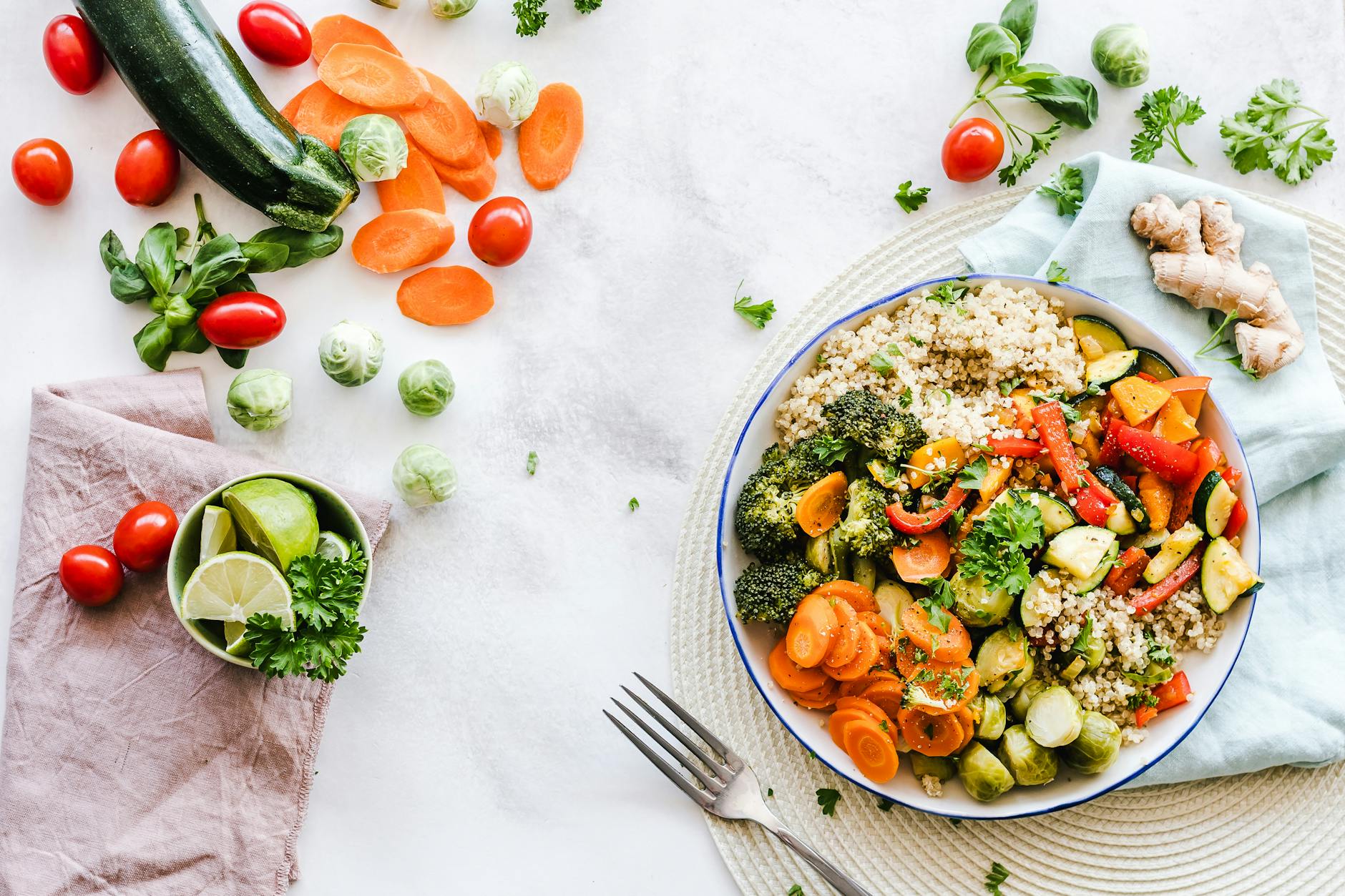The Importance of Understanding Food Labels and Making Informed Choices

Making informed decisions about the food we eat is essential for our health and wellbeing. Understanding food labels and being able to identify the ingredients and nutritional content of the food we consume is a key part of this process. By understanding food labels, we can make better decisions about what we eat and how it affects our health.
In this article, we will discuss the importance of understanding food labels and making informed choices. We will look at what information is provided on food labels, how to read them, and how to use this information to make better decisions about our food. We will also discuss how to identify potentially unhealthy ingredients and how to find healthier alternatives.
What Information is Provided on Food Labels?
Food labels provide a wealth of information about the food we eat. This includes the ingredients list, nutritional information, and other important information about the food.
The ingredients list is the most important part of the food label. It tells us what is in the food and in what order the ingredients are listed. The first ingredient listed is the one that makes up the largest proportion of the food. It is important to read the ingredients list carefully and look out for any unhealthy ingredients, such as added sugars, saturated fats, and artificial additives.
The nutritional information on food labels tells us the amount of energy (calories), fat, saturated fat, carbohydrates, sugars, protein, salt, and other nutrients in the food. This information is usually presented in a per serving or per 100g/ml format. It is important to compare the nutritional information of different foods to make sure you are making the healthiest choice.
Other important information on food labels includes the use-by date, storage instructions, and allergen information. The use-by date tells us when the food should be eaten by and the storage instructions tell us how to store the food to keep it safe. Allergen information is important for people with food allergies or intolerances.
How to Read Food Labels
Reading food labels can be confusing, but it is important to understand what the information means. The first step is to read the ingredients list. This tells us what is in the food and in what order the ingredients are listed. The first ingredient listed is the one that makes up the largest proportion of the food.
The next step is to read the nutritional information. This tells us the amount of energy (calories), fat, saturated fat, carbohydrates, sugars, protein, salt, and other nutrients in the food. It is important to compare the nutritional information of different foods to make sure you are making the healthiest choice.
Finally, it is important to read the other information on the food label, such as the use-by date, storage instructions, and allergen information. This will help you to make sure that the food is safe to eat and that you are aware of any potential allergens.
How to Identify Unhealthy Ingredients
It is important to be aware of potentially unhealthy ingredients that may be present in the food we eat. Common unhealthy ingredients include added sugars, saturated fats, and artificial additives.
Added sugars are often found in processed foods and can be identified by looking for words such as sugar, syrup, honey, and molasses on the ingredients list. It is important to limit the amount of added sugars in our diet as they can contribute to weight gain and other health problems.
Saturated fats are found in animal products such as meat, dairy, and eggs. They can also be found in some processed foods, such as cakes, biscuits, and pastries. It is important to limit the amount of saturated fats in our diet as they can increase our risk of heart disease.
Artificial additives are often found in processed foods and can be identified by looking for words such as artificial flavours, colours, and preservatives on the ingredients list. It is important to limit the amount of artificial additives in our diet as they can have a negative effect on our health.
How to Find Healthier Alternatives
Once you have identified potentially unhealthy ingredients in the food you are eating, it is important to find healthier alternatives. The best way to do this is to look for foods that are made with natural ingredients and have minimal processing.
Whole foods such as fruits, vegetables, nuts, seeds, and wholegrains are a great source of nutrients and are generally low in unhealthy ingredients. It is also important to look for foods that are low in added sugars, saturated fats, and artificial additives.
When shopping for processed foods, it is important to read the ingredients list and nutritional information carefully. Look for foods that are made with natural ingredients and have minimal processing. Also, compare the nutritional information of different foods to make sure you are making the healthiest choice.
Conclusion
Understanding food labels and making informed choices about the food we eat is essential for our health and wellbeing. By reading food labels and identifying potentially unhealthy ingredients, we can make better decisions about what we eat and how it affects our health. We can also find healthier alternatives by looking for foods that are made with natural ingredients and have minimal processing.
Making informed decisions about the food we eat is an important part of living a healthy lifestyle. By understanding food labels and making informed choices, we can ensure that we are eating the best possible food for our health and wellbeing.
Hashtags
#FoodLabels #InformedChoices #HealthyEating #Nutrition #WholeFoods #HealthyLifestyle